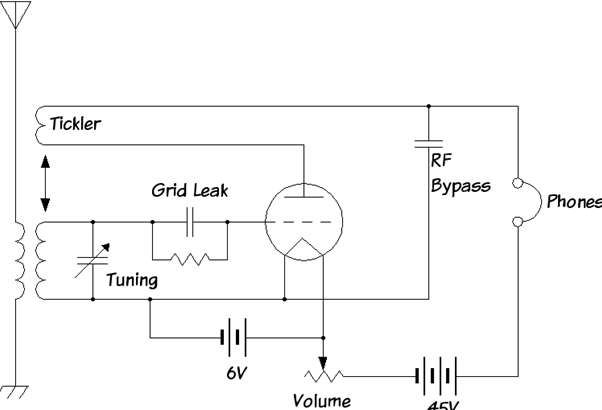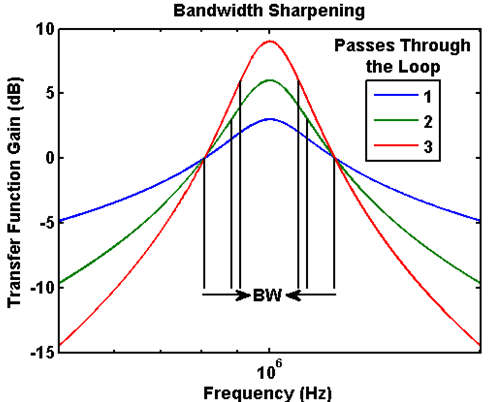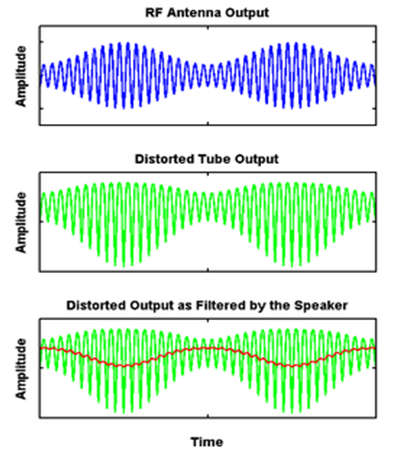The regenerative receiver or regen radio provides a significant increase in gain and selectivity over the standard tuned radio frequency receiver.
- It was invented in 1912 and patented in 1914 by American electrical engineer Edwin Armstrong. It was used between 1915 and World War II.
- It is an amplifier circuit that employs positive feedback (also known as regeneration or reaction).
- The amplifying device output is applied back to its input to add to the input signal, increasing the amplification.
- For example, is the Schmitt trigger (which is also known as a regenerative comparator), but the most common use of the term is in RF amplifiers, and especially regenerative receivers, to greatly increase the gain of a single amplifier stage.

- The above diagram shows the schematic of the regenerative receiver.
- The antenna gives the incoming RF signal and passed through a tunable BPF tank so it selects the desired channel.
- Then this signal is then amplified by a triode or other device used in the regen receiver.
- The amplified output signal is then given back into the resonant tank via the tickler coil where it is once again filtered by the tank and amplified by the tube.
- The two effects of positive feedback–increased gain and bandwidth sharpening–are easily understood through a simplified analysis of the system.

- The above figure shows the series of transfer functions represented in Fig. 2. Without positive feedback the circuit has the transfer function represented by the blue curve.
- It allows the multiple time the signal is passed through the circuit with positive feedback and each pass increase the selectivity of the filter and the passband gain of the receiver.
- Both the passband gain and the selectivity of the circuit system are extremely high but remain finite as a result of diminishing returns in the feedback loop.

- The single vacuum tube of the nonlinear response is also used to demodulate the signal. Fig. 3 demonstrates this effect.
- The original amplitude modulated signal is passed through the distorting nonlinearity of the tube, which applies different levels of distortion to positive and negative swinging signals.
- Sending this distorted signal through a simple LPF is enough to recover the desired signal.
Advantages of Regenerative Receiver
- Provides high performance for a few components.
- High levels of gain resulting from regeneration.
- High Q from use of regeneration.
Disadvantages of Regenerative Receiver
- Requires more operator skill than other types of receiver.
- Can radiate when the detector is in oscillator mode, or close to it.
- Can only receive AM, Morse, & SSB – modes like FM are not viable.
